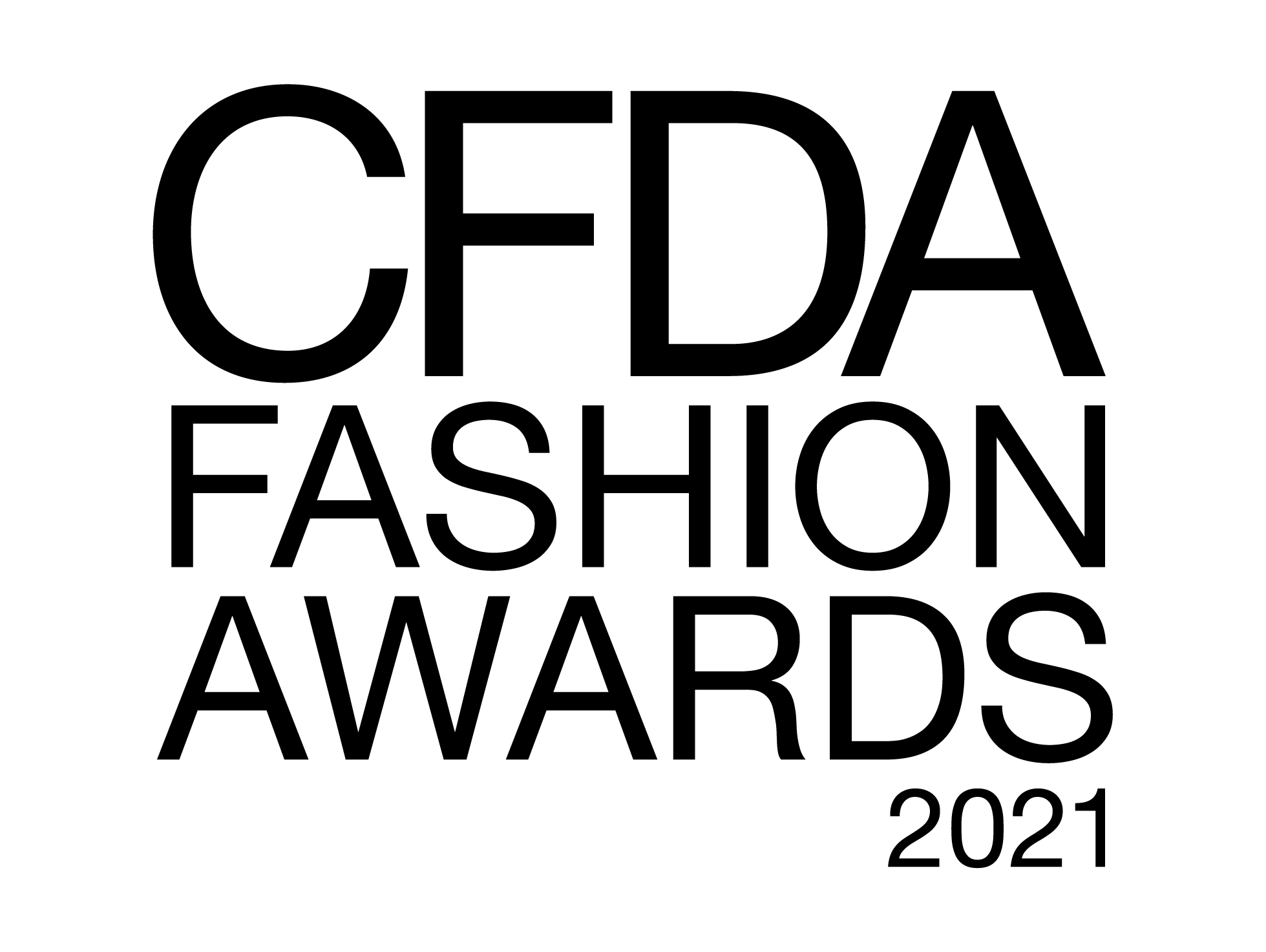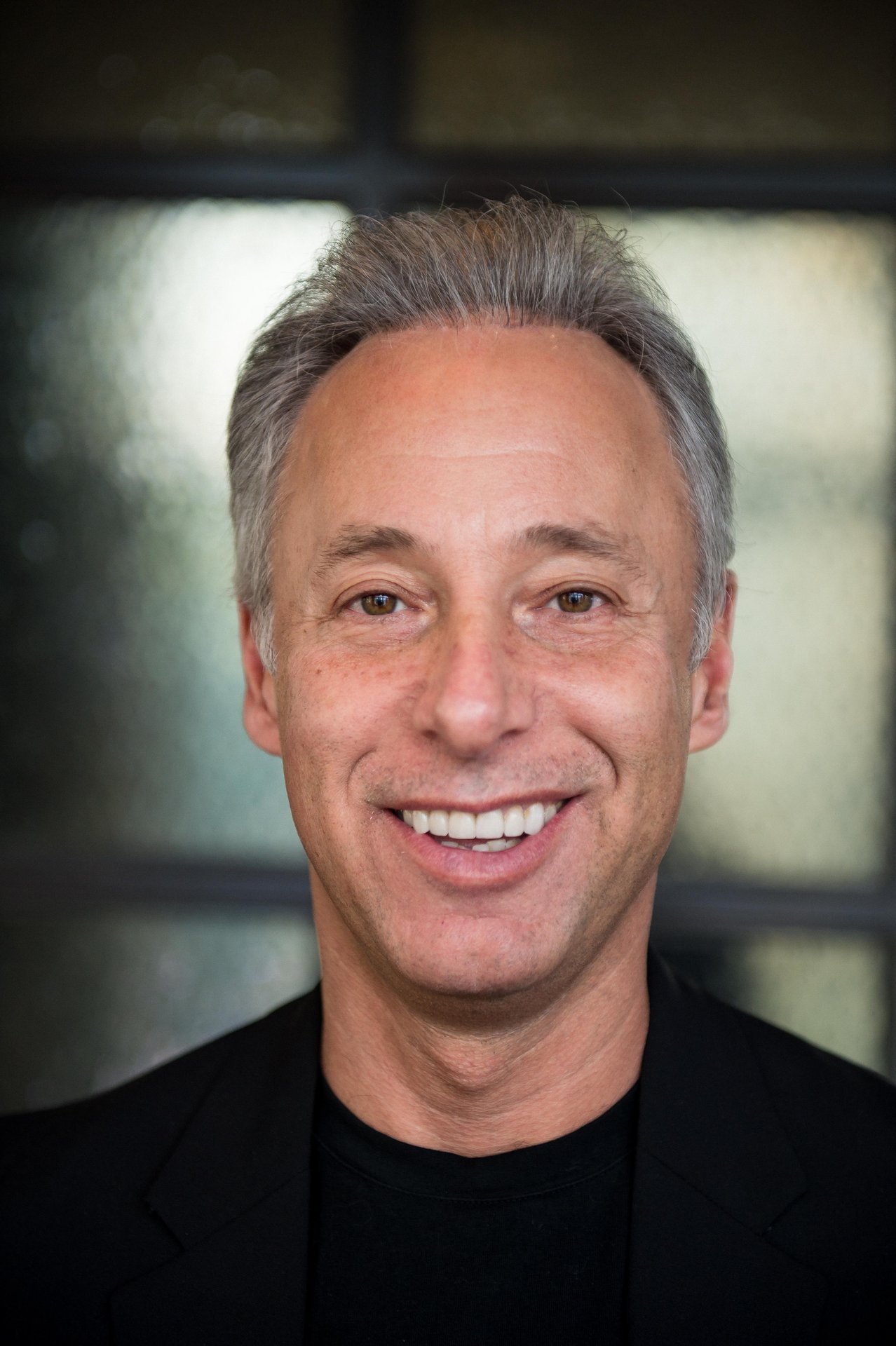ADIFF and Genusee’ Founders Talk Design, Activism & Collaboration
September 20, 2021
Jackie Shihadeh



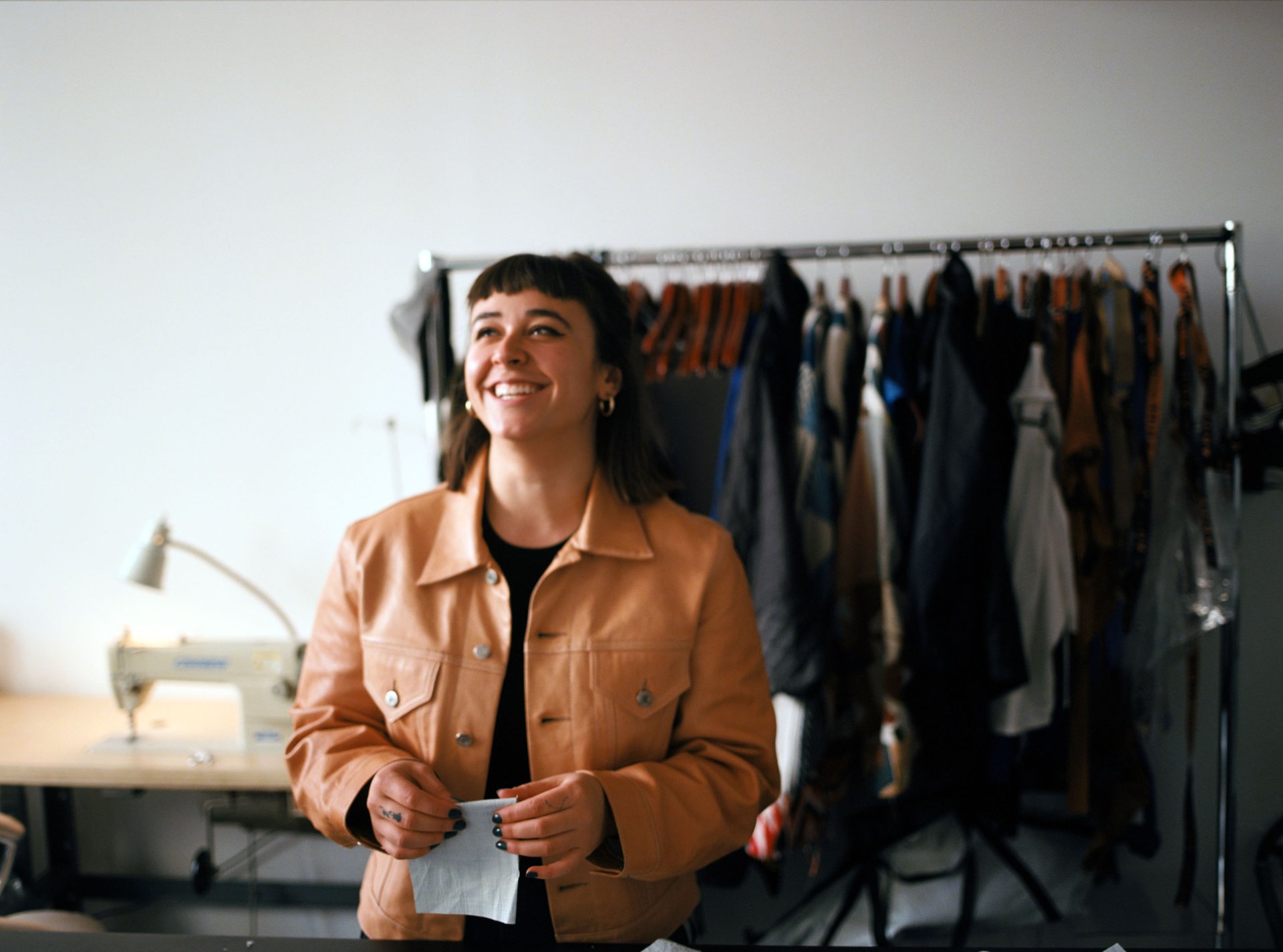
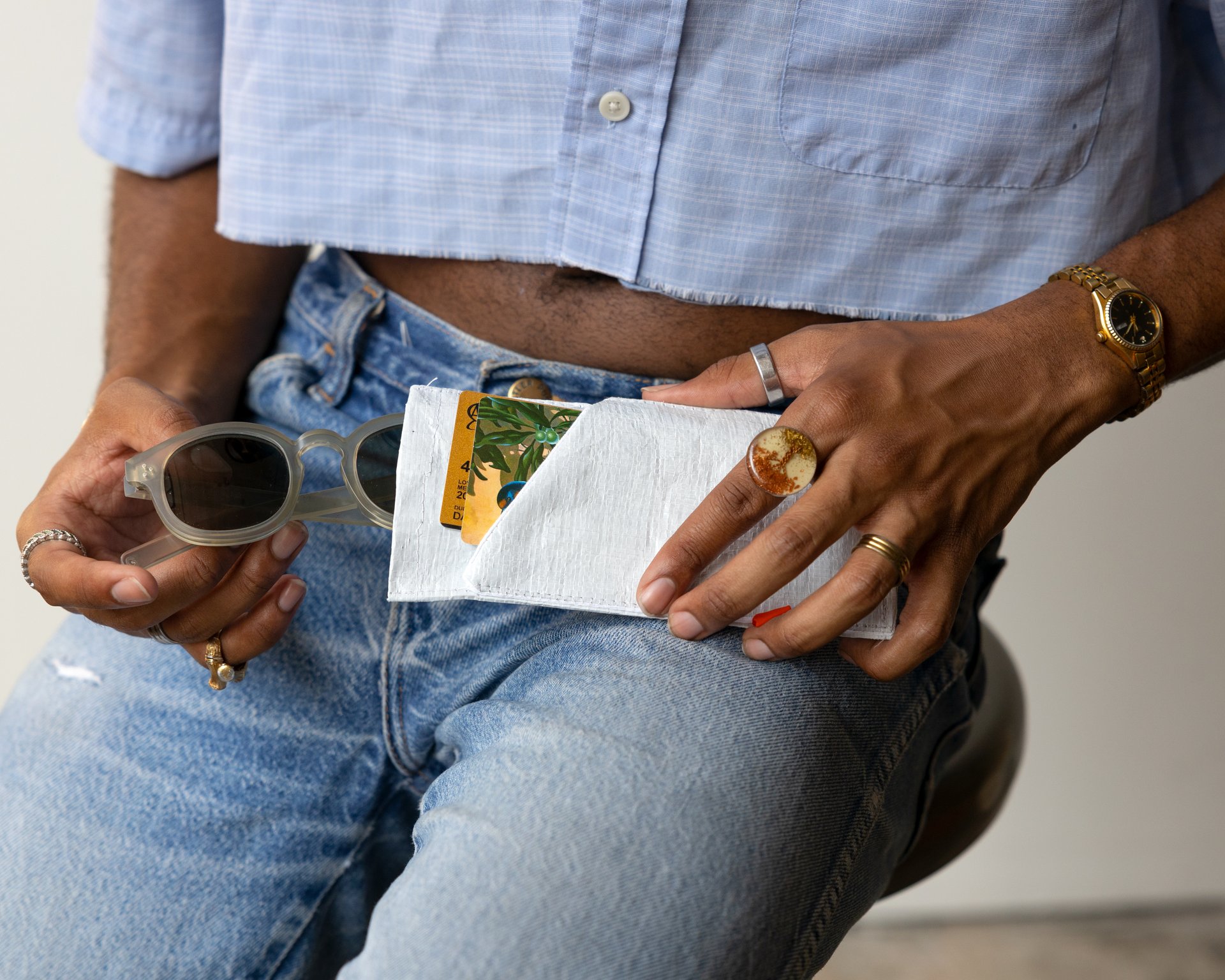
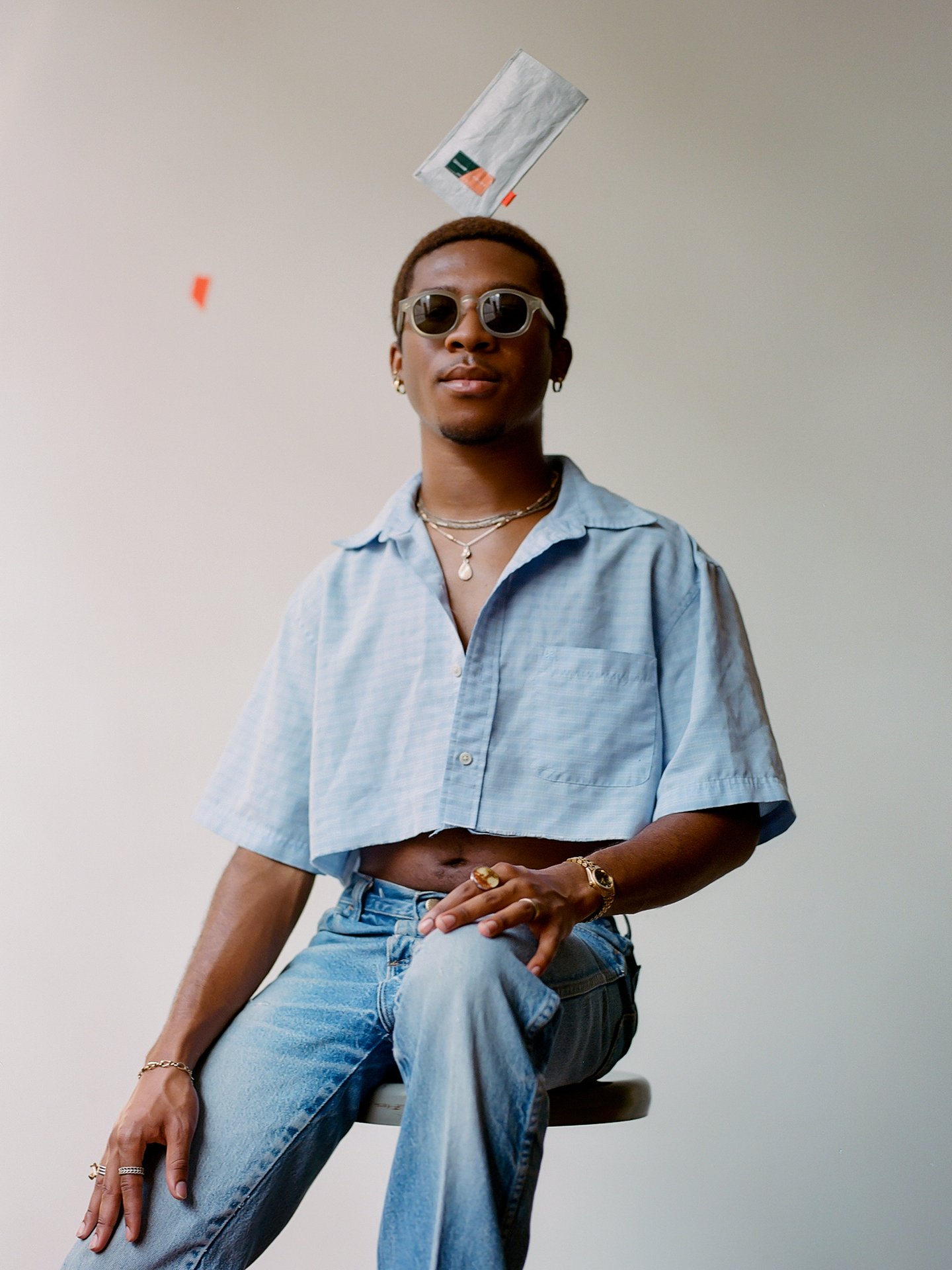
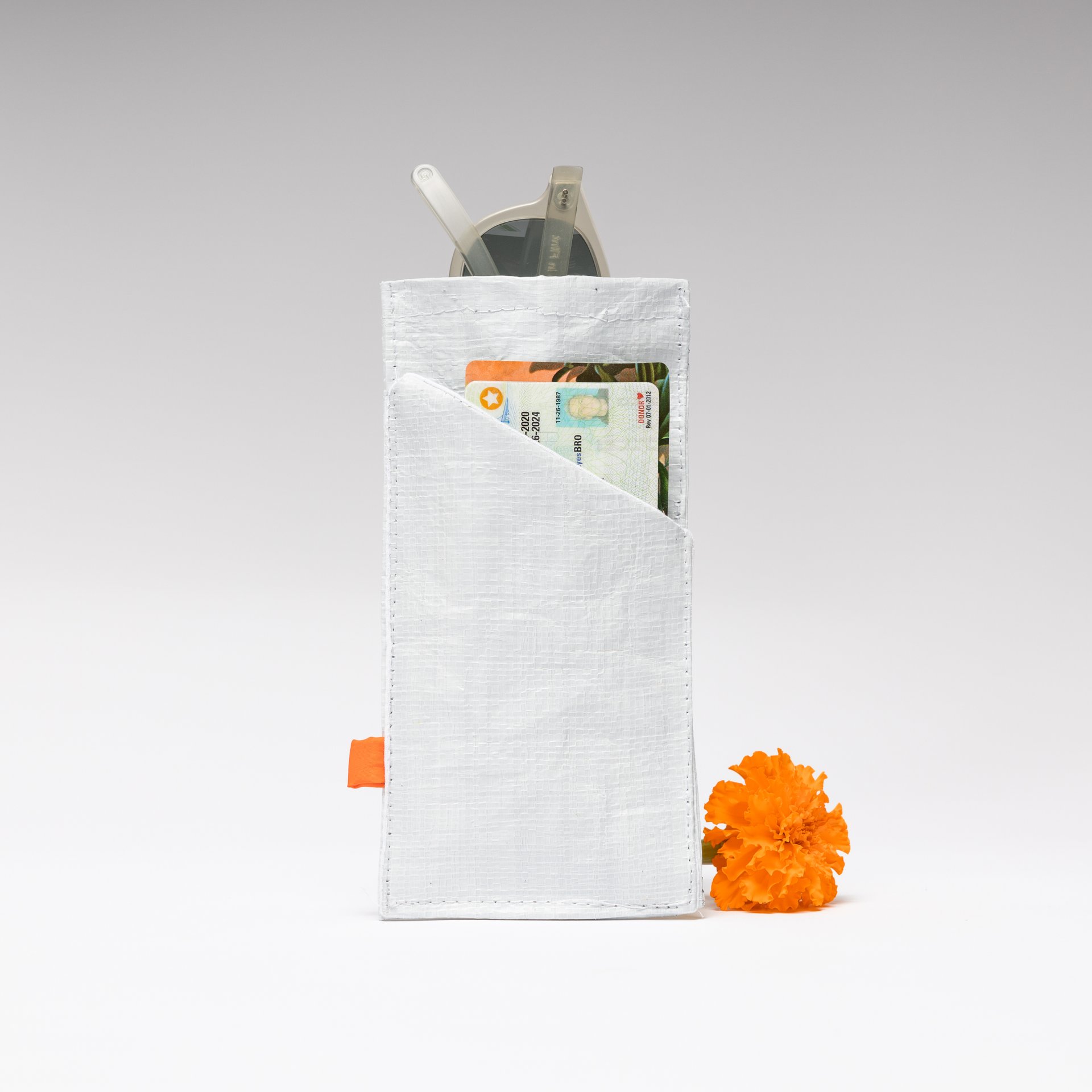

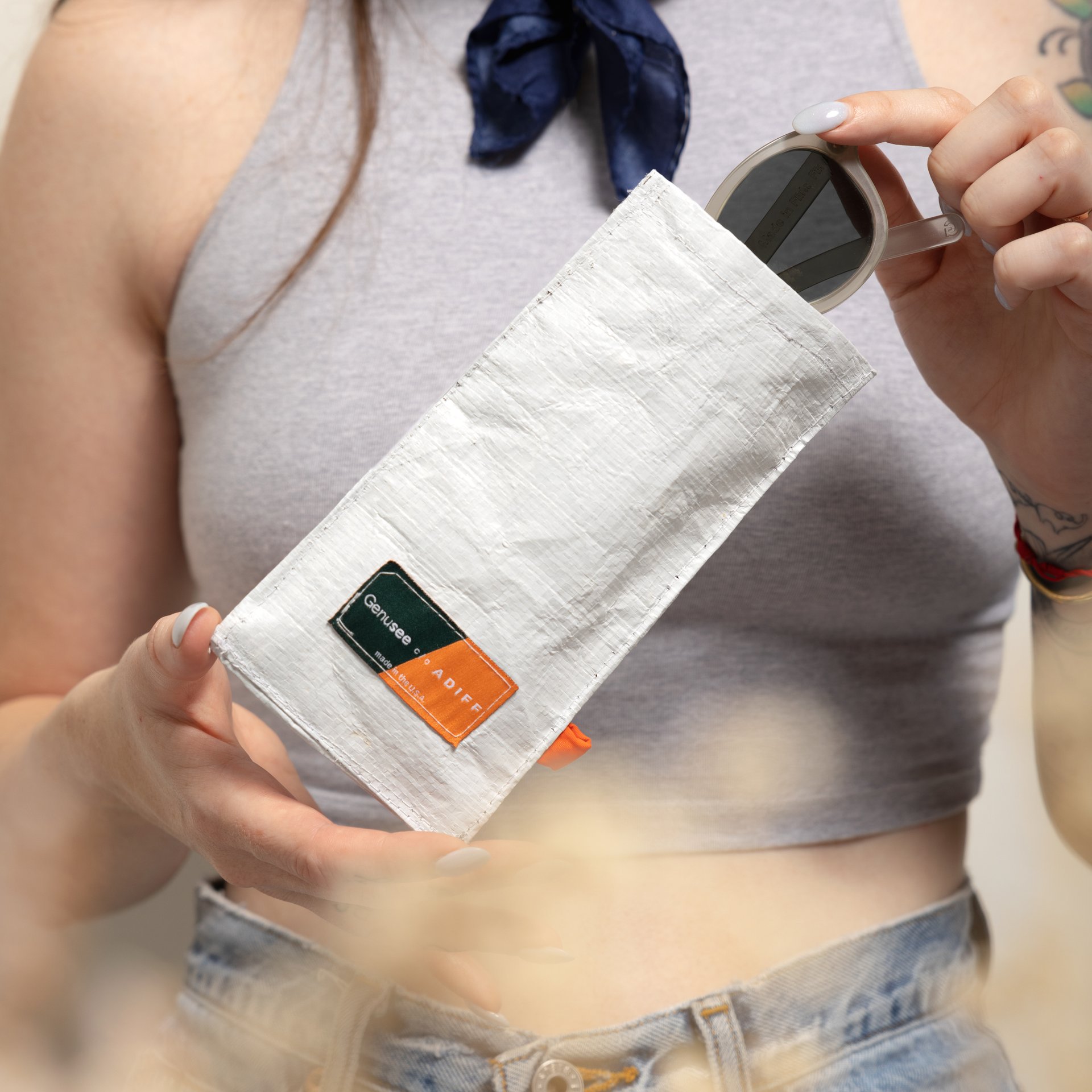
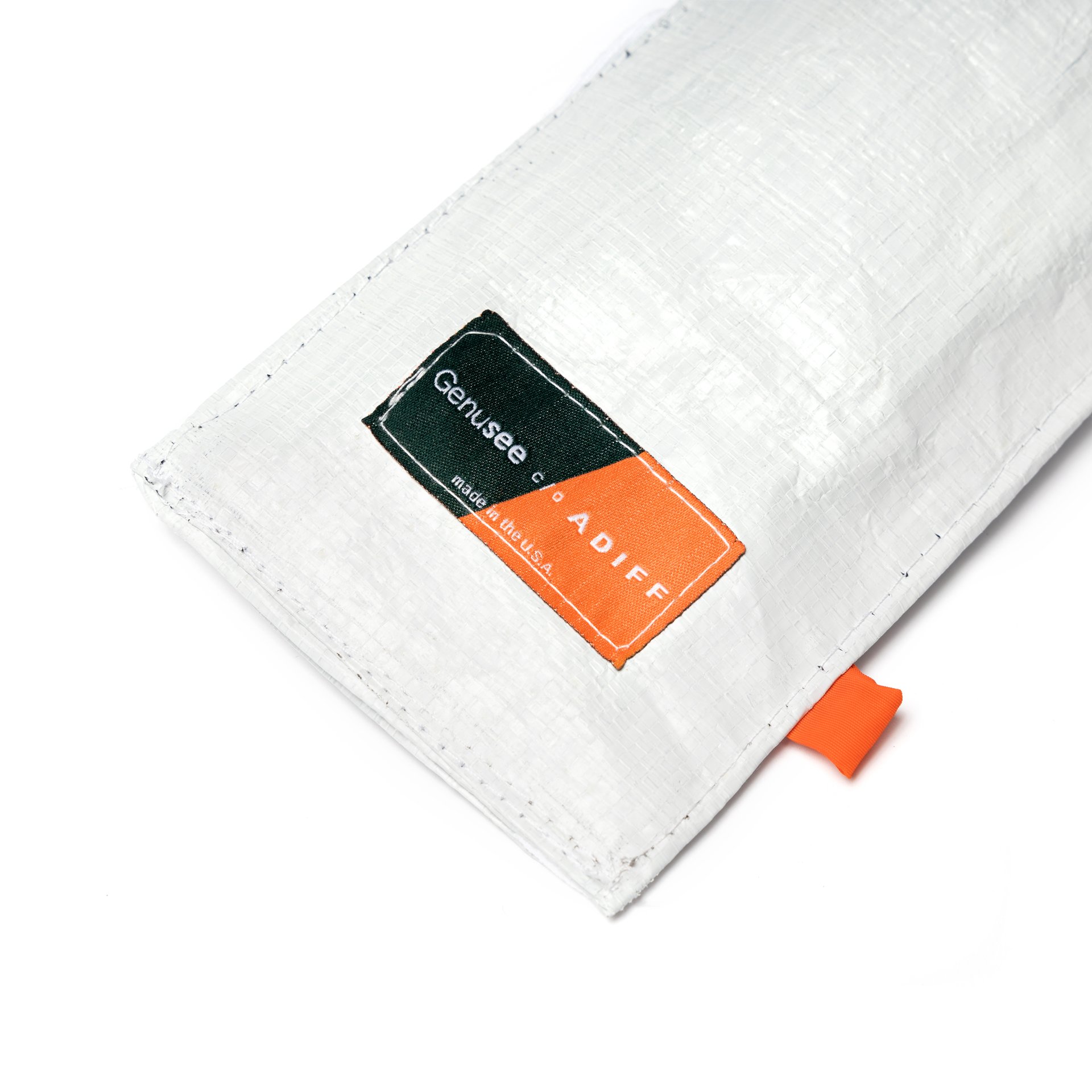
Ali Rose van Overbeke
Angela Luna
ADIFF’s founder Angela Luna, and Genusee’s founder Ali Rose van Overbeke, have a history of shared experiences. Both are Parsons School of Design alumni, CFDA Elaine Gold Launch Pad Fellows, and have used design as a form of activism.
Luna’s passion and dedication to create a positive impact within the Refugee Crisis led her to launch ADIFF in 2017, fresh out of college. Van Overbeke founded Genusee in 2018 as a response to seeing the surplus of plastic and systemic hardships created as a result of the Flint Water Crisis in her home state of Michigan.
Recently, the two brands collaborated on the Genusee ℅ ADIFF Eyewear Case, which is made in New York City from upcycled UNHCR tents.
We caught up with the two to find out more about the collaboration, their thoughts on changes needed in the fashion industry, and what’s next for them.
Tell us a bit more about this collaboration. What brought your two companies together and what was the goal behind the collaboration?
Ali Rose van Overbeke: This is the first collaboration between ADIFF and Genusee, and the first eyewear case Genusee has developed despite selling circular economy eyewear since 2018. Genusee’s intentions have always been to create products of purpose-and-need, keeping our packaging to the minimum. The case is made in NYC from upcycled UNHCR tents and life vests. In the hopes of decreasing the amount of non-decomposable material that has been polluting our environment, these discarded tents were collected from landfills in Greece and deconstructed to make new products that have more value and purpose. We aim to continue utilizing our brands to share these stories with the world and work towards a zero impact future.
This is not only a product collaboration, but one of shared values between two female-founders passionate about social and environmental justice.
Can you tell us more about UNHCR tents and why you chose this material?
Angela Luna: The UNHCR tents are almost a material signature for ADIFF, similar to Genusee’s usage of recycled plastic bottles for all of their eyewear. Since our mission is rooted in providing support for refugees, we find this material tells a story as soon as you lay eyes on it. These tents served as temporary shelters at a refugee camp in Greece for five to seven years before being dismantled and nearly sent to a landfill, where they would have taken over 1,000 years to decompose. We were lucky enough to partner with a nonprofit organization on the ground and collect, clean, and use the tents as the raw material to make these cases, as well as most of our other main collection items.
We also included our traditional pop of orange color made from recycled life vests. These vests were worn to provide safety for refugees traveling from Turkey to Greece, and were collected, cleaned, and deconstructed at our facility in Athens. Again, a heavy story woven within the material itself, but we see this as an opportunity to create awareness around the ever present refugee crisis.
You’ve made the case design open source and free to download online. Can you tell us a bit more about the motivation behind this decision?
A.R.V.: It’s a way to increase accessibility, so you can make one for yourself at home if you are unable to afford it from us. Open sourcing also democratizes access to sustainability which is often unattainable and unaffordable to certain socio-economic groups, and it shouldn’t be! Something truly isn’t sustainable if it is not accessible.
A.L.: After publishing our Cookbook earlier this year, we wanted to be sure that in whatever we design, everyone has access regardless of their income level. While this collaboration case is definitely more affordable than most of our main collection, we are all still impacted by the long-term effects of this pandemic in addition to the inherent inequalities of the fashion industry, and want to remain cognizant of this reality. True sustainability doesn’t have to be something you purchase.
Angela, you recently released ‘The Open Source Fashion Cookbook.’ Can you tell us more about the book? Where did the idea come from and how do you hope the Cookbook will be used?
A.L.: During our time in quarantine, we had the opportunity to reflect on our products and who is traditionally able to afford them. We questioned who sustainable fashion is really serving, when it is out of reach for most people. We couldn’t decrease the prices of our products any further, due to the cost of recycled materials and ethical wages, so we explored alternative methods of fashion consumption, focusing on the similarities between fashion and food.
When you put the two side-by-side, it’s interesting to see how much they overlap: fast fashion paralleling fast food, contemporary fashion similar to restaurants, and high fashion with Michelin star cuisiniers. However, at the end of the day, when it comes to food, the cheapest and healthiest option is to buy the groceries and cook for yourself. Just like with fashion, the cheapest, most ethical, and most sustainable option would be to learn how to make the garments for yourself. The main hangup is: most people know how to cook, but the craft of creating and caring for your own garments has been lost.
To expand your culinary palate, you pick up a new cookbook – a step-by-step tool that holds your hand while you experiment with creating something new. Why not apply that same idea to fashion with our own “cookbook,” which will guide you through the creation of designer garments using ingredients you already have in your closet? With detailed “recipes,” including step-by-step illustrations from six contemporary fashion brands, the Cookbook empowers you to make your own clothing from items that are readily available in your home.
What do you think are the most urgent changes that need to be made in the fashion industry today?
A.R.V.: Most urgently, over-production needs to be addressed. It doesn’t matter how ”sustainable” the materials a company uses if they are knowingly over-producing and the majority of that inventory ends up in landfill. Secondly, we need to see a full movement towards designing for the circular economy so we can preserve resources that have already been extracted. And last but not least, we need to see policy change happen that outlaws the production of virgin plastics and requires especially large corporations to use a certain percentage of recycled materials in their production processes. This top-down approach is necessary to encourage supply and demand and reduce the amount of plastic that ends up in landfill.
A.L.: Everyone needs to stop making things from new materials. Period. We also see circularity as a priority and ensuring that the brands are designing and planning for the end of life of their garments from the initial inception, not just leaving it up to the customer. After something is well worn, is it the responsibility of its end-of-life on the consumer, or the brand for making it in the first place? We need to see a shift in responsibility from consumer to creator, as the systemic issues of the industry are far more harmful than the individual. Trashing your garments should never be an option. Brands should be designing systems to recycle and reuse any garment they’ve created.
How do you feel that your time in the Elaine Gold Launch Pad has impacted your trajectory as a brand?
A.R.V.: Genusee might not exist today if it weren’t for the early support of EGLP. The grant funding allowed us to prototype an actual product and get ready to take it to market and the business mentorship we received through the program was invaluable, especially as a designer who had no background in business or knowledge of how to navigate building a financial model for a DTC eyewear company. One of our mentors from EGLP was also our first investor. It was that early belief in our project that allowed us to get to where we are today.
A.L.: We can say with confidence that ADIFF would not be here today without the support of the CFDA and Accessories Council, through both the EGLP and A Common Thread grants. We still are very connected to the amazing mentors, fellow designers, and the CFDA staff, who continue to act as guiding beacons alongside our growth. We are so thankful for the opportunity to be included in the EGLP and relish any opportunity to work with CFDA or any of its brands.
What’s inspiring you these days?
A.R.V.: I don’t know if the right word for how I’m feeling lately is ”inspired” but I am driven to action by the urgency of our climate crisis and the need for economic equality in communities like Flint.
A.L.: I recently became a professor at Parsons and have to say that my students in Sustainable Systems are a huge inspiration to me! It’s amazing to see how much the new generation of designers care about global issues and their ideas are not only creative but totally scalable. I have definitely adopted the “practical” outlook of a small business owner, my students leave me feeling optimistic that anything is possible.
What’s next for ADIFF and Genusee?
A.R.V.: Genusee is launching our second frame style towards the end of 2021/beginning of 2022! We’re excited to be able to offer circular economy eyewear for even more face shapes and sizes. We are also in the process of a formal life cycle assessment so we can publicly share our carbon footprint. The majority of our supply chain is within an 188-mile radius, and it will be powerful to show just how truly sustainable our product is. Having this number will also be a benchmark to continue to improve our supply chain and manufacturing processes.
A.L.: ADIFF is in the process of transitioning from just a fashion brand to a design studio, leveraging our knowledge of sustainability and upcycling to collaborate with other brands and address their waste issues. We recognize that established brands are the biggest perpetrators of fashion waste, which is why we have evolved our business model to include partnerships with larger companies. 13 million tons of textile waste are being dumped each year – 95 percent of which could be reused or recycled. We like to joke that we’re the “mushrooms of the fashion industry;” we see this waste as a resource to continue creating new collections that are not harmful to the planet. By pulling some of this material out of landfills (seen with our main collection), we are even correcting the environmental damage of many industries, not just fashion.
